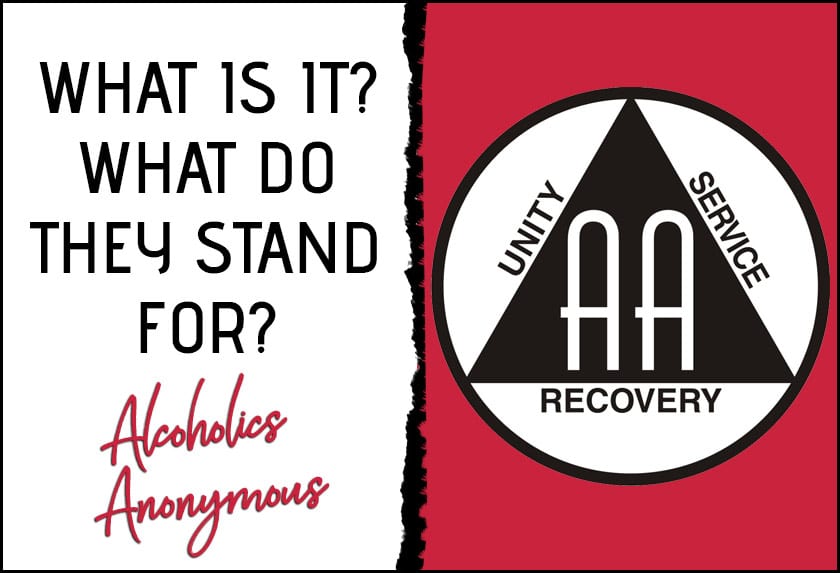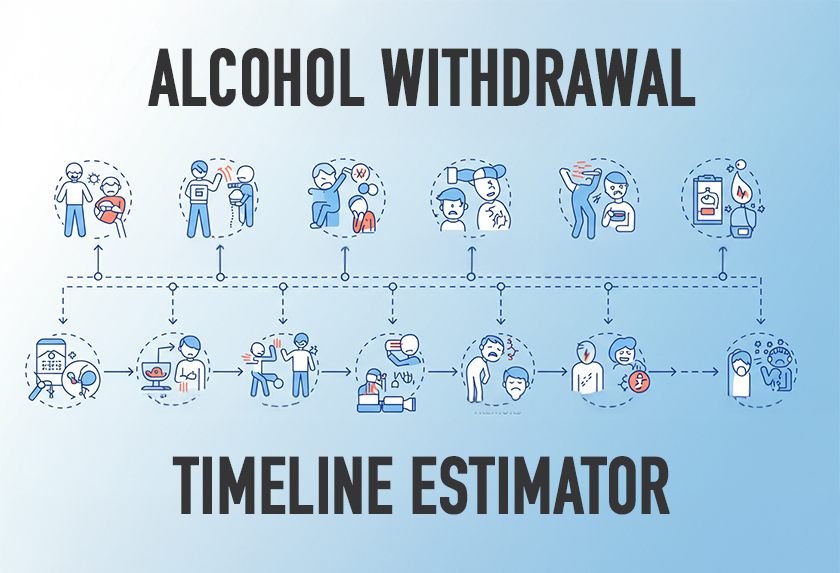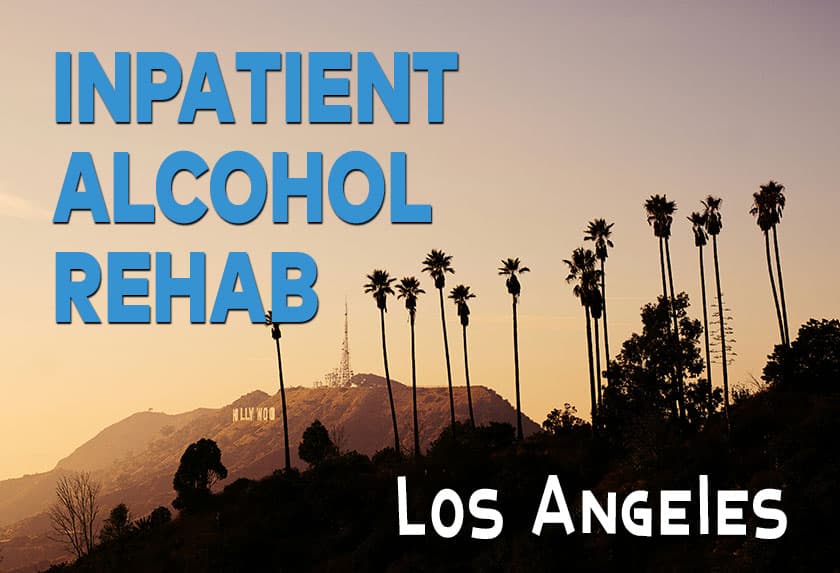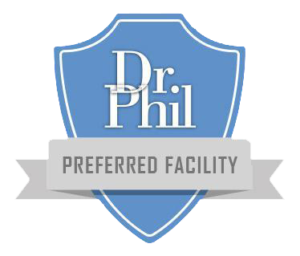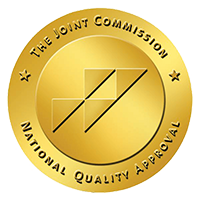Alcoholics Anonymous is an enormous support group for people suffering from alcoholism, and it’s the oldest one in the world. So, what is AA? What do they stand for?
Here’s a guide to this particular alcohol group and what they stand for.
What is Alcoholics Anonymous (AA)?
Alcoholics Anonymous, also called AA, is an organization that has spread worldwide to help alcoholics throughout their recovery journey and to support others with the same problem. The meetings are open to everyone, regardless of age, gender, or race, and the families of those recovering from alcoholism.
The Alcoholics Anonymous program offers 12 steps to recovery, as well as 12 traditions, which will be laid out completely in an upcoming section.
People in the AA program commit to stop drinking alcohol and to stay completely sober. Alcoholics Anonymous is a mutual-aid fellowship, meaning that it is managed by former alcoholics who work to help those currently working to kick their addiction.
The History of Alcoholics Anonymous
The founder of Alcoholics Anonymous was a man named Bill Wilson, although he did have significant influence from many others as well. When he first made attempts to assist those struggling with alcoholism, he was not very successful. It wasn’t until he started mixing the scientific facts and symptoms of alcoholism treatment with his Christian beliefs that he started to see results.
Wilson went to the city of Akron, Ohio and found a man named Dr. Robert Smith, who was struggling with serious alcohol addiction. He was able to work with him for a month and help him give up drinking completely on June 10thof 1935 – this day is now known as the official anniversary of AA.
Alcoholics Anonymous was originally founded using the principles of the Oxford Group, which is a self-help group with deep Christian roots. For a while, Wilson and Dr. Smith worked under their umbrella, but they did receive quite a bit of criticism for it. In 1937, they left the group behind and became AA.
However, even though they made many changes, they did keep some influences from the Oxford Group. These include going through a step by step program, working for no income, and holding informal gatherings. They added their own steps, sponsors, and Alcoholics Anonymous meetings to make it the massive organization it is today.
It has, of course, grown extensively over time. There are more than 100,000 groups worldwide, each being self-run by former alcoholics and reliant on donations to keep them going. It is now estimated that there are over two million members in AA as well.
The 12 Steps and Traditions of AA
Alcoholics Anonymous offers its members the Big Book, which is essentially the organization’s bible. It includes relatable stories and recovery resources for members, as well as the 12 steps and traditions of AA, which are listed here.
The 12 Steps of AA
The 12 steps of AA are as follows:
- Admitting that they are powerless over alcohol and that their lives were completely unmanageable without help.
- Believing that a greater power can restore them to sanity.
- Turning over their lives to the care of God.
- Searched themselves fearlessly for their morals.
- Admitting to themselves, other human beings, and God the exact nature of their wrongs.
- Being completely ready to have God remove any character defects.
- Asking God to remove their shortcomings.
- List out all of the people they have harmed, and be willing to apologize and make amends to all of them.
- Make amends to everyone on that list possible, unless doing so would injure them or other people.
- Continually taking personal inventory and admitting when they’re wrong.
- Using prayer and meditation to improve contact with God.
- Having a spiritual awakening from following all of these steps, and carrying this message to others.
The 12 Traditions of AA
The 12 traditions of AA are the following:
- The needs and welfare of the group should come before personal recovery. Personal needs all depend on unity throughout Alcoholics Anonymous.
- The only ultimate authority in the group is God. The leaders of AA are simply trusted servants that cannot govern.
- There is only one requirement to become a member of AA, and that is wanting to stop drinking.
- Each group is autonomous, acting as they wish within themselves, except with any matters that affect other AA groups or the entire organization of Alcoholics Anonymous.
- The one purpose of each group is to carry their message to any addicts who are still suffering.
- AA groups cannot finance, endorse, or lend their name to outside enterprises or related facilities. Doing so could cause issues of property, money, and prestige driving them away from the primary purpose of the organization.
- Each AA group needs to be fully supported by themselves, declining contributions from outside organizations.
- AA should always remain nonprofessional; however, their service centers may hire special workers.
- AA should never be organized, but they may create committees or service boards that are directly accountable for the specific groups that they serve.
- Alcoholics Anonymous does not have any opinions on outside issues – the AA name should not ever be drawn into public issues or debate.
- Their public relations policy is not based on promotion, but attraction. They need to keep personal anonymity at all times when it comes to films, press, and radio.
- The spiritual foundation of these traditions is anonymity, which reminds them to place principles before their personalities.
The Alcoholics Anonymous Organization
Alcoholics Anonymous is not run by a full-fledged team of leaders, but rather by members who had previous addictions to alcohol. Using this structure has proved to be extremely helpful when it comes to managing their millions of members.
Some individual groups will have committees and allow members to take on specific service positions for a certain amount of time, usually between a few months to two years. Once that member’s term has ended, members will vote on someone else to serve. Rotation positions allow every individual to be as active as they want within their own chapter.
While the program does not work for every single person struggling with alcohol addiction, there is a lot to be said about their unique and very successful approach to dealing with alcoholism. However, it’s important to know that there are many solutions out there for those suffering. Everyone’s different, meaning that everyone’s path to recovery is going to be as well.
